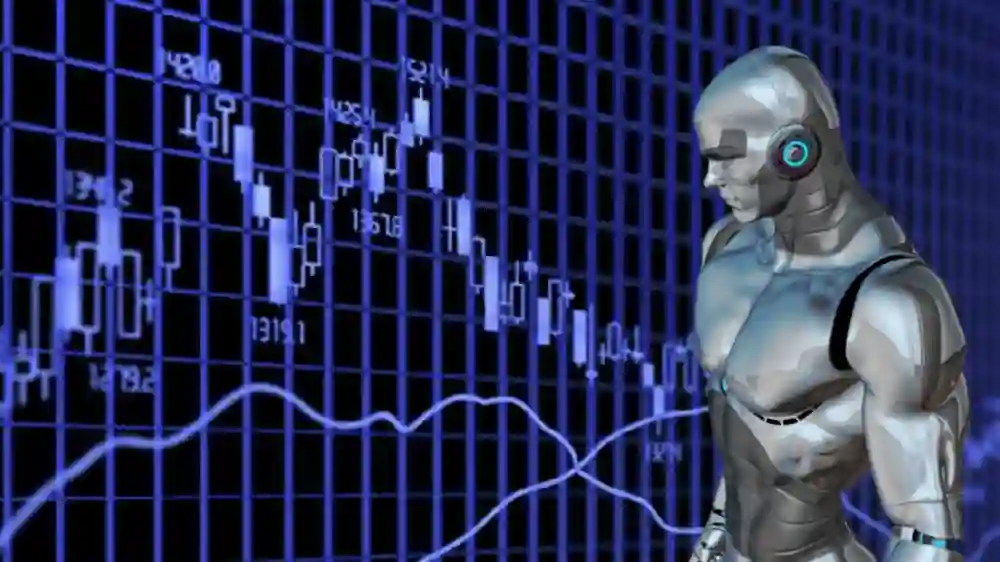Forex robot technology has undergone significant evolution, transforming from rudimentary automated systems to sophisticated trading solutions capable of executing complex strategies in real-time. This article delves into the evolution of forex robot technology, tracing its development from inception to its current state, and explores the innovative features and advancements that have propelled it forward.
The emergence of forex robots, also known as expert advisors (EAs), has revolutionized the way traders participate in the forex market. These automated trading systems, powered by advanced algorithms and artificial intelligence, enable traders to execute trades with speed, precision, and efficiency. The evolution of forex robot technology has been marked by continuous innovation, driven by the quest for improved performance, reliability, and adaptability to evolving market conditions.
The Early Days: Basic Automation and Rule-Based Strategies
In the early days of forex robot technology, automated trading systems were characterized by basic functionality and rule-based strategies. These early robots were programmed to execute trades based on predefined criteria such as moving averages, support and resistance levels, and simple technical indicators. While rudimentary compared to modern-day solutions, these early robots laid the foundation for automated trading and demonstrated the potential for algorithmic execution in the forex market.
Advancements in Algorithmic Trading and Machine Learning
As technology advanced, so too did forex robot technology, with the integration of algorithmic trading techniques and machine learning algorithms. Algorithmic trading enabled robots to analyze vast amounts of market data, identify patterns, and execute trades with speed and precision. Machine learning algorithms further enhanced robot capabilities by enabling adaptive learning and optimization based on historical data and real-time market conditions. These advancements ushered in a new era of intelligent trading systems capable of adapting to changing market dynamics and optimizing trading strategies in real-time.
The Rise of High-Frequency Trading (HFT) and Low-Latency Connectivity
High-frequency trading (HFT) emerged as a dominant force in the forex market, driven by advancements in technology and low-latency connectivity. HFT strategies leverage ultra-fast execution speeds and proximity to exchange servers to capitalize on fleeting market inefficiencies and exploit price discrepancies. Forex robots equipped with HFT capabilities gained prominence, enabling traders to execute trades with millisecond precision and capitalize on rapid market movements. Low-latency connectivity, facilitated by direct market access (DMA) and co-location services, became essential for achieving competitive advantage in high-frequency trading.
Integration of Artificial Intelligence (AI) and Deep Learning
The integration of artificial intelligence (AI) and deep learning techniques has revolutionized forex robot technology, enabling machines to mimic human decision-making processes and adaptively learn from experience. AI-powered robots leverage neural networks, deep learning algorithms, and natural language processing (NLP) to analyze unstructured data, sentiment analysis, and news sentiment, thereby enhancing market insights and trading decisions. These intelligent robots can adapt to changing market conditions, identify emerging trends, and optimize trading strategies in real-time, leading to improved performance and profitability.
Advancements in Risk Management and Portfolio Optimization
Risk management and portfolio optimization have become integral components of forex robot technology, with advancements in algorithms and methodologies to mitigate risk and maximize returns. Modern robots incorporate sophisticated risk management features such as dynamic position sizing, stop-loss orders, and portfolio diversification to protect capital and preserve profitability. Portfolio optimization techniques leverage statistical analysis, correlation matrices, and mean-variance optimization to construct diversified portfolios that balance risk and return across multiple assets and trading strategies.
The Future of Forex Robot Technology: Quantum Computing and Predictive Analytics
The future of forex robot technology holds immense promise, with emerging technologies such as quantum computing and predictive analytics poised to revolutionize trading strategies and decision-making processes. Quantum computing promises unprecedented computational power and speed, enabling robots to perform complex calculations and simulations with unparalleled efficiency. Predictive analytics leverage machine learning algorithms and big data analytics to forecast market trends, anticipate price movements, and optimize trading strategies proactively. By harnessing these cutting-edge technologies, forex robots will continue to evolve and adapt to the ever-changing landscape of the forex market, empowering traders with advanced tools and capabilities to achieve trading success.
Conclusion:
The evolution of forex robot technology has been characterized by continuous innovation and advancements, from basic automation to intelligent trading solutions powered by artificial intelligence and machine learning. With each technological leap, forex robots have become more sophisticated, adaptive, and efficient, enabling traders to navigate the complexities of the forex market with confidence and precision. As technology continues to evolve, the future of forex robot technology holds immense promise, with emerging technologies such as quantum computing and predictive analytics poised to revolutionize trading strategies and empower traders with unprecedented capabilities.

